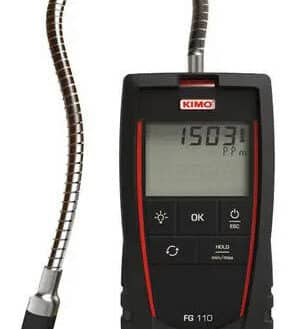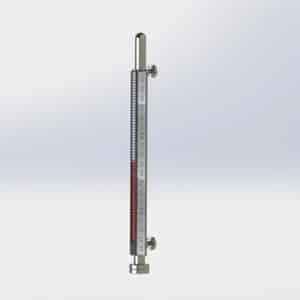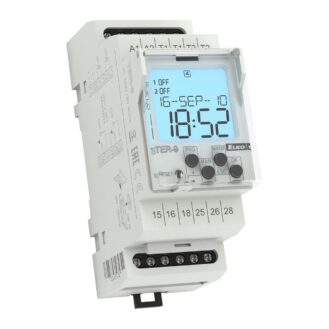There are a large number of scale models to meet the specific needs of different weighing applications, but regardless of the type of scale, you will choose a model based mainly on the following criteria:
Range
The range of a scale is defined as the maximum mass that the scale can measure, or more simply, the maximum mass value that the scale can display.
When choosing a scale, define the required range by considering the maximum mass you will be required to measure with it and add a safety margin sufficient to avoid problems if you have to weigh a slightly larger mass than usual.
Therefore, if you’re planning to weigh goods up to 20 kg, it’s recommended that you choose a scale with a capacity of 30 or 40 kg.
You should also be careful not to overestimate the safety margin to avoid buying an unnecessarily high-performance scale at a higher price.
Precision
A scale’s precision corresponds to the smallest variation in mass and therefore also to the smallest mass that the scale is capable of displaying; for a digital scale, this corresponds to the last digit of the display.
When choosing a scale, it’s also recommended that you choose a precision higher than the expected accuracy of the measurement. For example, if you want to measure masses to the nearest gram, you should select a scale with an accuracy of 0.1 g.
Europe recognizes 4 classes of precision, as shown in the table below. The accuracy class is defined by the ratio between the scale capacity and the verification scale interval (Directive 2009/23/EC, Annex I, paragraph 2.1).
| Class |
Applications |
Number of Divisions
(n=range/divisions) |
Verification Scale Division (e) |
| I Special |
Analytical Scales
R&D in the food industry, hospitals, etc. |
n > 50,000 |
e ≥ 0.001 g |
| II High |
Laboratory Scales
Pharmacies, medical analysis laboratories, etc. |
100 ≤ n ≤ 100,000
5,000 ≤ n ≤ 100,000 |
0.001 g ≤ e ≤ 0.05 g
e ≥ 0.1 g |
| III Medium |
Industrial and Medical Scales
Industrial production, logistics, etc.
Medical scales
Weight/Price Scales
Bakeries, butcheries, market sales, etc. |
100 ≤ n ≤ 10,000
500 ≤ n ≤ 10,000 |
0.1 g ≤ e ≤ 2 g
e ≥ 5 g |
| IV Ordinary |
Ordinary Scales |
100 ≤ n ≤ 1,000 |
e ≥ 5 g |
Tray dimensions
The size of the scale tray must be consistent with the dimensions of the objects to be weighed.
Minimum weight
The minimum weight corresponds to the smallest load below which the uncertainty of measurement is considered too great in relation to the measured load.
Calibration
To check the accuracy and precision of a scale, there are two types of calibration:
- Internal calibration: The scale is self-calibrating thanks to a built-in test weight.
- External calibration: Requires the use of test weights.
Protection rating
The working environment will determine the material and protection rating of your scale.
The materials commonly used to make scales are:
- ABS: For standard applications
- Steel: For intensive use
- Stainless steel: More hygienic and resistant to corrosion and chemicals, widely used in the food, cosmetics, and pharmaceutical industries
The necessary protection ratings can be classified according to the scale’s working environment:
- IP 40: Office use
- IP 54: For use in lightly dusty industrial environments
- IP 65: Brief contact with liquids, dustproof
- IP 67: Brief use in damp areas, dustproof
- IP 68: Extended use in damp areas, dustproof
Options
For certain applications, you will need to pay close attention to the scale’s communication capabilities (Ethernet, USB, RS232, etc.), which allow you to connect the scale to a computer, printer, etc.












